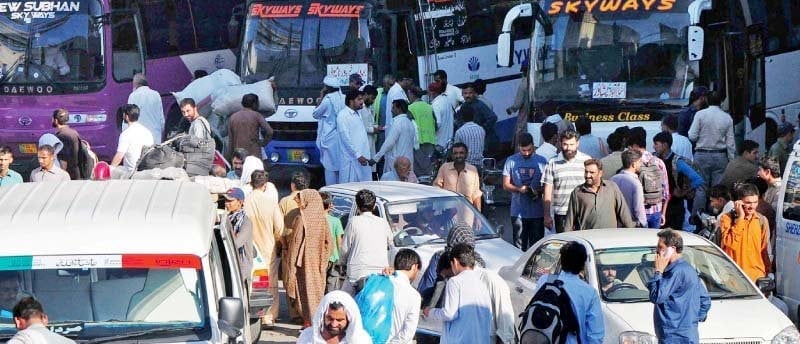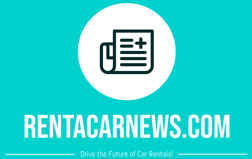Public Transport in Pakistan: Challenges, Developments, and Future Prospects
Public transport in Pakistan plays a crucial role in urban and intercity mobility, providing millions of people with affordable travel options. Despite significant challenges such as outdated infrastructure, congestion, and lack of integration, the country has seen improvements in recent years with the development of metro bus systems, mass transit projects, and digital ride-hailing services. This article explores the current state of public transportation in Pakistan, the challenges it faces, and potential improvements for the future. Current State of Public Transport Pakistan’s public transport system is diverse and consists of various modes of travel, including: Railway Network: Pakistan Railways connects major cities and provides intercity travel, although it suffers from inefficiency and outdated infrastructure. Metro Bus and Mass Transit Systems: Cities like Lahore, Islamabad-Rawalpindi, and Multan have introduced Metro Bus services, while the Orange Line Metro Train in Lahore offers a modern alternative. Public and Private Bus Services: Local buses and minivans operate widely in urban centers but are often overcrowded and poorly maintained. Auto-Rickshaws and Qingqi Rickshaws: These are popular modes of transport for short distances, especially in smaller cities and towns. Ride-Hailing Services: Companies like Uber and Careem have provided more convenient travel options, complementing traditional transport systems. Intercity Bus Networks: Private bus companies such as Daewoo, Faisal Movers, and Skyways offer long-distance travel between major cities. Challenges Facing Public Transport in Pakistan Despite its importance, Pakistan’s public transport system faces several key challenges: Traffic Congestion and Overcrowding: Major cities like Karachi, Lahore, and Islamabad face severe traffic congestion due to increasing urbanization and lack of efficient public transit. Poor Infrastructure and Maintenance: Many roads, railway tracks, and bus stations require urgent repairs and modernization. Lack of Integration and Planning: Public transport networks are often disorganized, making transfers between different modes of transport inefficient. Limited Public Transport in Rural Areas: Many rural regions lack sufficient public transport, forcing reliance on expensive private vehicles or unsafe travel options. Environmental Concerns: Diesel-powered buses and outdated vehicles contribute to high pollution levels in urban areas. Safety and Accessibility Issues: Women and vulnerable groups often face harassment and security concerns while using public transport. Future Prospects and Developments To address these challenges, the government and private sector are investing in various projects to modernize public transportation: Expansion of Metro Bus and Mass Transit Systems: Karachi’s Green Line BRT and planned transit systems in Peshawar and Quetta aim to improve urban mobility. Railway Modernization: The China-Pakistan Economic Corridor (CPEC) includes investments in railway infrastructure, such as the ML-1 project, which aims to upgrade the main railway line. Electric and Sustainable Transport: Plans for electric buses and greener transport solutions are being discussed to reduce emissions and improve air quality. Smart Transport Solutions: Digital ticketing, GPS tracking, and contactless payments are being explored to enhance passenger convenience. Public-Private Partnerships: Collaborations with private companies can improve efficiency, service quality, and infrastructure development. Conclusion Public transport in Pakistan is undergoing gradual improvements, with investments in metro systems, railway upgrades, and digital mobility solutions. While significant challenges remain, such as congestion, outdated infrastructure, and environmental concerns, the continued focus on sustainable and efficient transport solutions can transform urban mobility in the coming years. By prioritizing modernization, safety, and accessibility, Pakistan can create a more effective and inclusive public transport network for its growing population.
3/29/20251 min read


My post content
